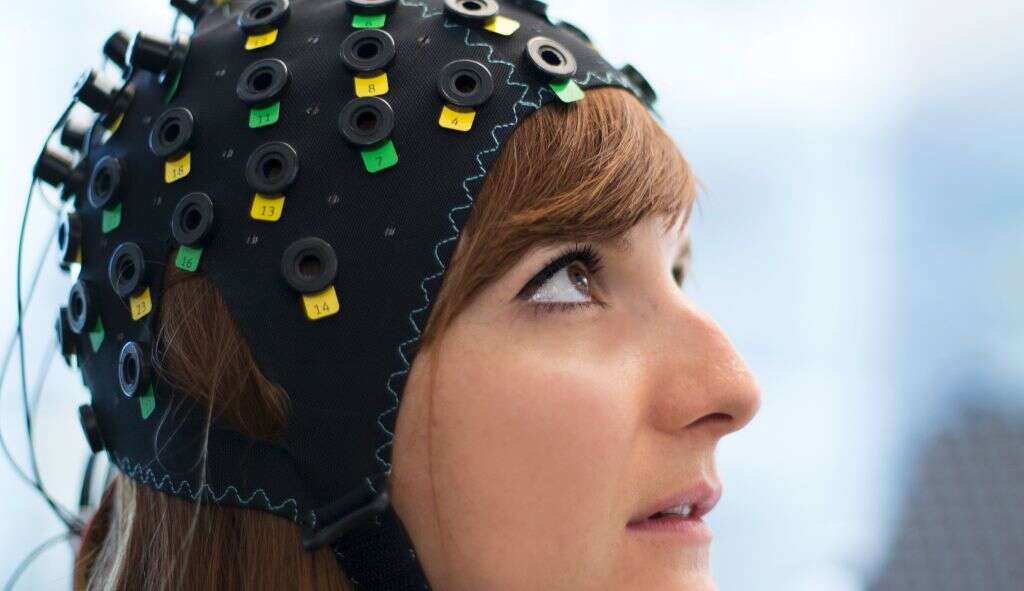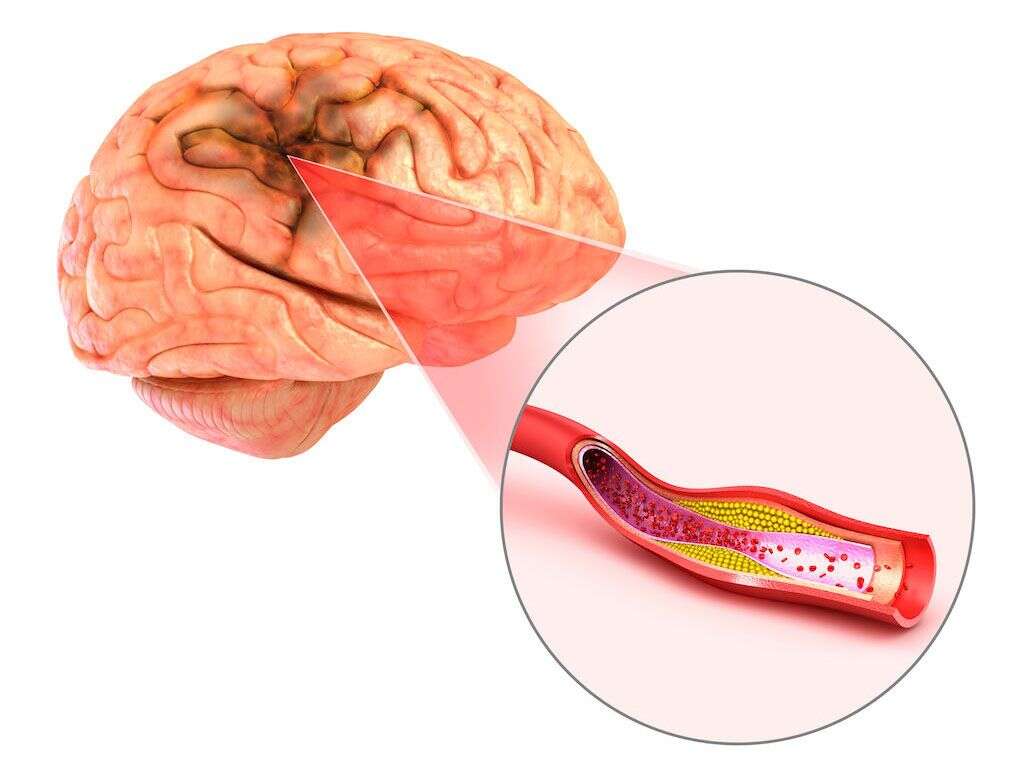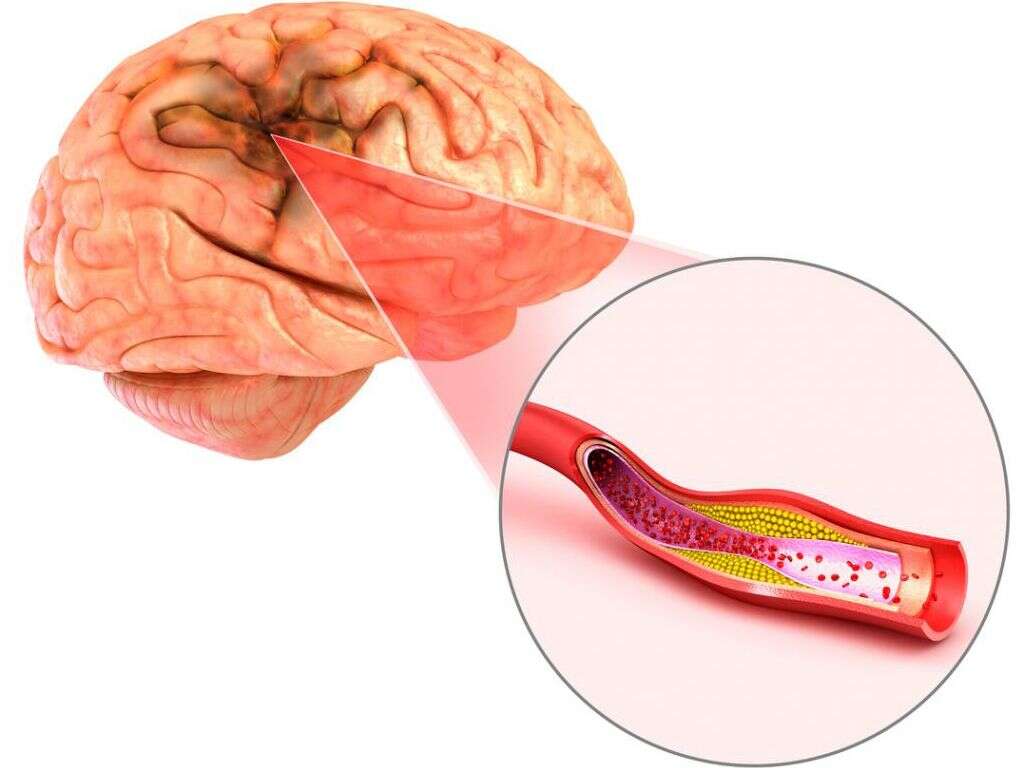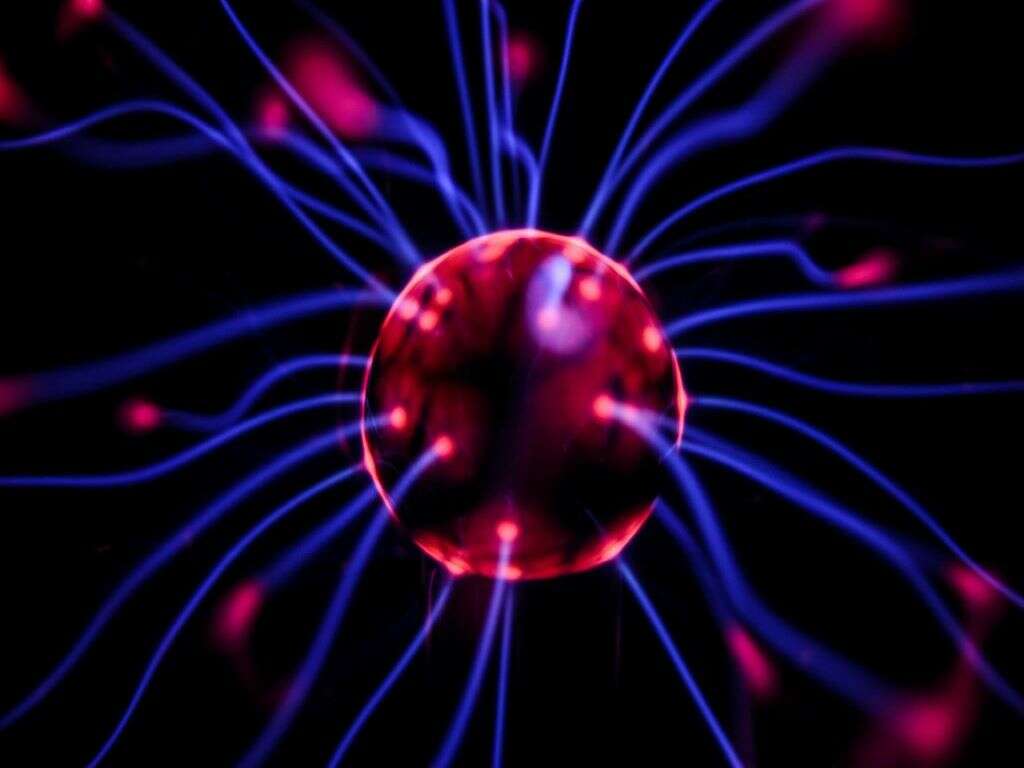What Is Locked In Syndrome?
When we are injured, there is a good chance that we will acquire permanent damage to our bodies. This will be painful, and it may also be unsightly, but we will usually be able to recover to a degree even if not completely. Some people, however, will get injuries so significant that they will struggle to do anything at all.
Such injuries, and some illnesses, can lead to a condition known as locked-in syndrome. This basically means that the patient will still be alert, but will have lost their ability to move their muscles. It is thankfully a rare occurrence, and here we take a closer look at what it is, some of the causes, and how it can affect patients.

1. Locked-In Syndrome
Locked-in syndrome is a condition in which the patient is completely paralyzed in all of their muscles, except for those that control the eyes. They are also unable to speak and have no other way of communicating with other people, except for by making movements with their eyes. It is caused by a neurological disorder and, despite their paralyses, the patients cognitive ability will usually remain more or less intact. The condition is caused by damaged to the pons (Latin for “bridge”), which is made up of nerve fibers that allow messages to be passed to and from the brain.

2. Alexandre Dumas
It was the well-known French author, Alexandre Dumas, that gave one of the first descriptions of locked-in syndrome. The description is found in The Count of Monte Cristo, which he completed in 1844. He was describing the character Monsieur Noitier de Villefort and, because of its appearance in the book, the condition used to be known as Monte Cristo syndrome.
Dumas described how the patient was unable to move but that the patients mind was still occupied despite them being otherwise motionless. His description highlighted how the patient could still have a life with meaning despite their inability to move a muscle.

3. Eye Movement
As mentioned, people with locked-in syndrome are typically unable to move anything except for their eyes and eyelids. This means they cannot talk, eat, chew, or look after themselves in any other way. In some cases, the patient is unable to move their eyes from side to side, restricting them to move their eyes up and down only.
This does not mean that the patient is completely unable to communicate. Systems have also been developed that assist people with locked-in syndrome to communicate with others through their eye movements. Technology is being developed that will help make communicating increasingly easy for people with locked-in syndrome.

4. Awareness
As mentioned, patients with locked-in syndrome maintain their cognitive ability. They can see and hear everything around them and understand everything. They can watch TV, provided it is in line of sight, and read, although they are unable to turn the pages of a book for themselves.
They can listen and understand books being read to them by other people and they can enjoy hearing about friends and family. They also have waking and sleeping cycles just as everybody else does. In essence, they are just the same person that they always have been, albeit without the ability to move their muscles.

5. Comatose at First
After picking up the injury to the pons, the patient will be completely comatose for some time. Not only will they be unable to move, but they will also be completely unconscious. After a while, however, the patient will begin to regain their consciousness. It is understandably a very difficult time for the patient when they start coming to and realize they are unable to move at all.
It is also going to be very hard for their friends and families. Despite this, it has been reported that patients are still often able to live a meaningful, and even happy, life.

6. Forms
Locked-in syndrome can be broken down into three main categories, which are based on the extent of movement the patient can enjoy. There is the pure form, which means that the patient loses all movement except for vertical eye movements and blinking. There’s also the incomplete form, in which the patient can perform some movements in addition to eye movements.
Then there’s the total form, in which patients are not able to perform any movements at all, not even their eyes. The last form is particularly disturbing because it renders patients unable to communicate with other people in any way.

7. Causes
There are a number of factors that can lead to locked-in syndrome. Perhaps the most common of all is damage to the pons due to a lack of blood flow. This can be caused by events such as a stroke and blood clots. It can also occur due to direct trauma to the pons, but this is less common.
Other factors that can lead to locked-in syndrome include tumors and infections. Other potential causes include polymyositis, which is the inflammation of the nerves, and myelinolysis, which is the loss of the protective barrier that surrounds the nerve cells.

8. Risk
It is difficult to be sure just how many cases of locked-in syndrome there has been because there is a chance that many cases go undiagnosed. Men and women are equally at risk of having locked-in syndrome, and it can also affect people of all ages. However, it is thankfully very rare.
While it can affect people of all ages, older people are more at risk because they have an increased chance of having a stroke. People that take part in dangerous sports might also be at a higher risk because of the increased chances that they will suffer a trauma to the pons.

9. Similar Conditions
A patients inability to communicate will make it very easy for medical professionals to come to a diagnosis. This means that locked-in syndrome will sometimes be misdiagnosed as being something else. In some instances, they are diagnosed as being in a vegetative state, despite the patient having full cognitive ability.
Akinetic mutism is a condition in which the patient shows almost identical symptoms to people with locked-in syndrome. In this case, however, their immobility is down to a lack of “will” to move. Testing is often required to get a correct diagnosis of what exactly is causing the victims condition.

10. Treatment
Treating locked-in syndrome can be very difficult, but there is a chance of some degree of success. While the actual cause is being addressed, however, the patient is likely to need to be put on machines to help them breathe and eat. If the condition is caused by a lack of blood flow, then operating to restore the flow may help.
It will also be necessary to teach patients how to communicate using their eyes, if they are able to use them. Therapy may also be able to help restore the patients ability to move some of their other muscles, even if only by a small amount.












